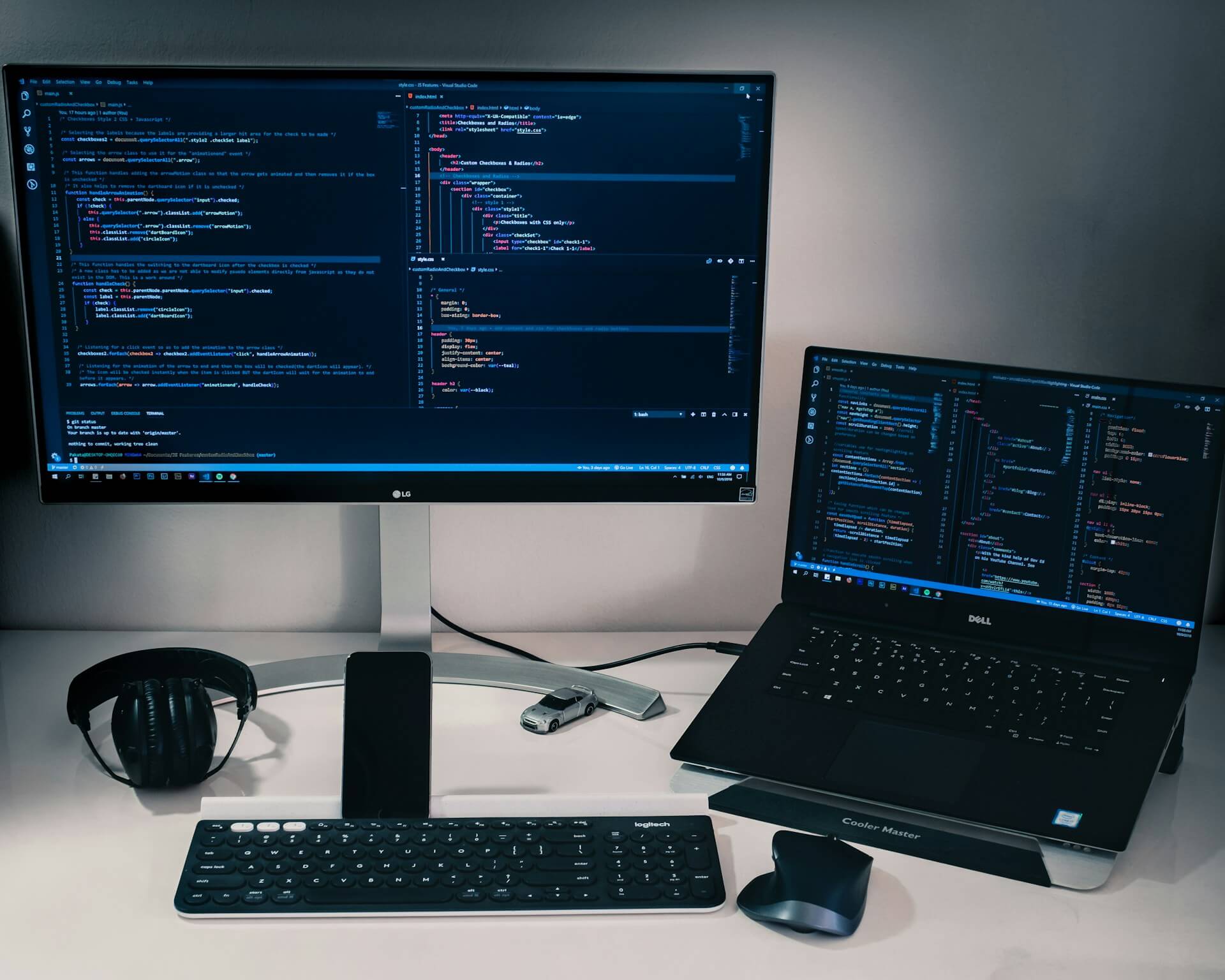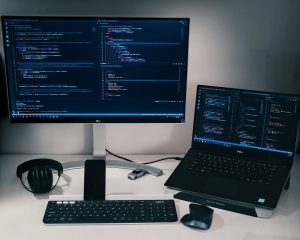
Software development is the process of creating the apps and digital tools that power our everyday lives – from social media to banking. These apps must be reliable, secure, and user-friendly, and developers should follow specific rules called development standards.
When it comes to mobile apps, these standards matter even more. Mobile apps are often how people first connect with a business. But building them isn’t easy. Developers must deal with many types of devices, limited phone resources, slow internet, and sensitive user data. Proven development practices help teams avoid bugs, crashes, and security risks. Apps built this way are also faster to launch and keep users coming back. Why do standards matter, and what policies should every developer adopt? Let’s find out!
What are software development standards?
Software development standards are clear rules and guidelines that help developers build software that works well and serves its purpose. In mobile app development, these standards cover everything – how code is written, how the app is structured, how it handles security, looks to users, and performs under different conditions.
These standards come from many sources. International Organization for Standardization (ISO) and the Institute of Electrical and Electronics Engineers (IEEE) establish formal standards such as ISO/IEC 29110 for software engineering and IEEE 829 for software test documentation. Apple and Google have their own rules for building iOS and Android apps. Groups like OWASP focus on app security, and separate industries follow strict rules – healthcare must be HIPAA-compliant, finance uses PCI DSS and GDPR. Many businesses, like Innowise company, also create their own internal standards based on what they build and how they work.

Photo by Pakata Goh on Unsplash
9 best practices for mobile software development
The best way to meet software development standards is to follow proven practices that have worked well for others. These practices help teams avoid common mistakes and build high-quality apps more efficiently. Here is what every development team should adopt:
Write clean and consistent code
Clear code is your app success. Developers should follow common rules – PEP 8 for Python, the Google Guide for Java, or other language-based standards. It means you should use the same names for things, space the code properly, and add helpful notes. Clean code is easier to understand, fix, and update – and it allows the whole team to read and improve it easier together.
Follow a modular architecture
This approach means you should build an app in smaller, separate parts. Each part must do a certain job – login, data storage, or screen layouts. Developers use patterns like MVC or MVVM to organize things and avoid mixing them. This makes it easier to test the app, add new features, or fix problems without reworking the whole system.
Make security a priority
Think about security from the start. Mobile apps have access to private information – passwords, credit card details, or personal data. How to keep it safe? Store data securely, use strong login methods, and protect data with encryption. The OWASP Mobile Security Project gives valuable tips on how to spot and fix security risks early on.
Test non-stop
The app should function flawlessly. Test it on different phones, operating systems, and network speeds to be sure everything works well. Unit tests check small parts of the code, integration tests make sure different parts work together, and UI tests check whether the app looks and feels right to users. Also, test how the app performs under heavy use.
Add integration options
Users often need to connect apps with other tools – payment services, social media logins, or customer databases. Your app should support APIs or integration options for payment gateways, social media logins, or CRM systems. These connections must be safe and work well, so the app can easily scale.
Support offline functionality
Some users do not have consistent internet access. So, your app should offer offline capabilities, like caching data locally or allowing users to perform basic tasks without a connection. The app will then sync data when the connection is restored.
Build for cross-platform support
If you want your app to reach more people, it should work on both iPhones (iOS) and Android phones. Flutter and React Native allow you to write one set of code that works on both types of devices. This saves time and money, and the app still looks and feels like a standard app on each device.
Design for users
Good navigation is critical. Follow UI/UX guidelines from Apple or Google – your app will feel intuitive for all users. It’s also important to think about accessibility. For this, add support for screen readers, bigger text, and simple touch controls. When an app is easy to use and works for everyone, more people will love it.
Optimize the performance
Mobile apps need to work well even on phones with limited power. You should keep memory use low, save battery, and avoid doing too much in the background. For this, use smaller image files, keep low data requests, and allow lazy loading. When apps are well optimized, they work better for all users, even if they use older phones.
Wrapping up
Software development best practices aren’t just trendy words. They simplify and improve the developers’ work. These rules allow teams to get more done and finish projects faster. Implement the above-listed practices into your processes to build strong, reliable apps. The results will impress you
